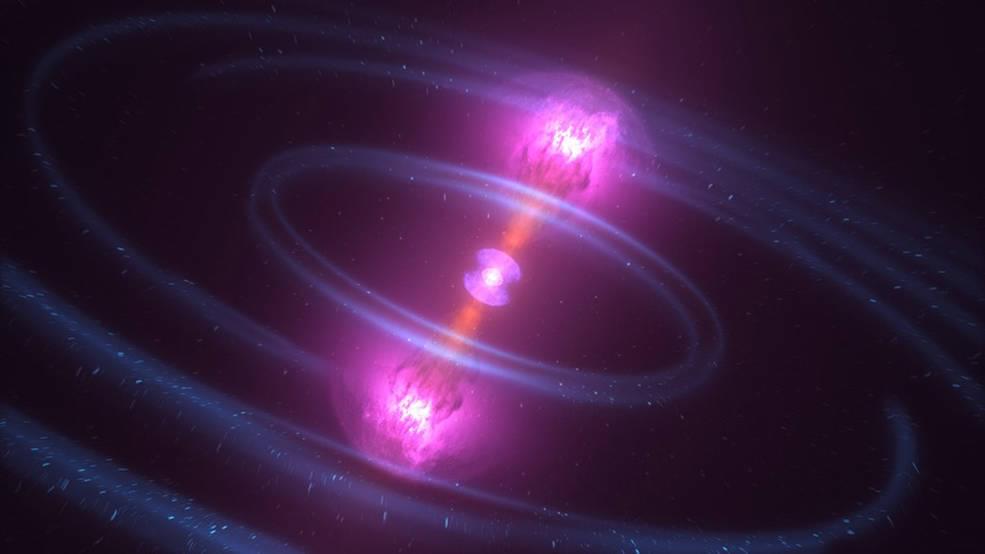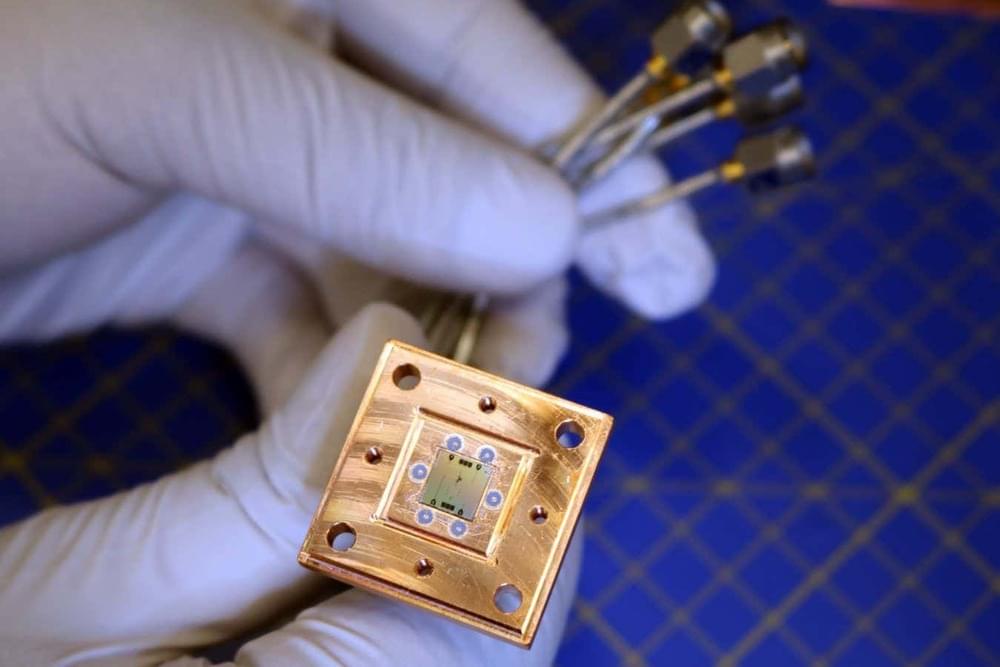Google’s controversial search AI was caught recommending that parents use a popular vibrator on children as a method of behavioral therapy.



The Chinese government is considering a plan that would have Elon Musk acquire TikTok’s U.S. operations to keep the app from being effectively banned, Bloomberg News reported Monday.
The contingency plan is one of several options China is exploring as the U.S. Supreme Court determines whether to uphold a law that calls for China-based ByteDance to divest TikTok’s U.S. business by Jan. 19, the report said, citing anonymous sources.
After that deadline, third-party internet service providers would be penalized for supporting TikTok’s operations in the country.

The star HD 65,907 is not what it appears to be. It’s a star that looks young, but on closer inspection, it is actually much, much older. What’s going on? Research suggests that it is a resurrected star.
Astronomers employ different methods to measure a star’s age. One is based on its brightness and temperature. All stars follow a particular path in life, known as the main sequence. The moment they begin fusing hydrogen in their cores, they maintain a strict relationship between their brightness and temperature. By measuring these two properties, astronomers can roughly pin down the age of a star.
But there are other techniques, like measuring the amount of heavy elements in a stellar atmosphere. Older stars tend to have fewer of these elements, because they were born at a time before the galaxy had become enriched with them.

In today’s AI news, Macquarie will invest up to $5 billion in data centers being built by artificial-intelligence infrastructure company Applied Digital, adding to the Australian bank’s substantial AI-related investments.
And, President Joe Biden will issue an executive order on Tuesday to provide federal support to address massive energy needs for fast-growing advanced artificial intelligence data centers, the White House said.
The order calls for leasing federal sites owned by Defense and Energy departments to host gigawatt-scale AI data centers and new clean power facilities — to address enormous power needs on a short time frame.
Then, Microsoft is creating a new engineering group that’s focused on artificial intelligence. Led by former Meta engineering chief Jay Parikh, the new CoreAI – Platform and Tools division will combine Microsoft’s Dev Div and AI platform teams together to focus on building an AI platform and tools.
S strategy to enhance its AI capabilities across hybrid cloud environments.” + In videos, Snowflake CEO Sridhar Ramaswamy announces a new “upskill” initiative on AI as they work to address a global skills shortage. He joins Caroline Hyde on “Bloomberg Technology” to discuss the companies investment in educating people on AI skills.
Then Eleven Labs’ Louis Jordan demonstrates a conversational AI voice agent that can be integrated with Stripe to promote purchases, issue refunds, apply coupons and credits as well as many other payment related transactions with customers. Louis remarks that this is the future of in-app customer service.
And, did you know the U.S. nurse labor market is over $600 billion annually, but the dedicated software market for nurses is almost zero? In this episode, a16z General Partners Alex Rampell, David Haber, and Angela Strange discuss how AI is revolutionizing labor by automating tasks traditionally done by humans.



The air we breathe can have profound effects on our physical and mental health. Is there any way of protecting yourself from this pervasive problem?
All but 1% of the world’s population is exposed to unhealthy air that exceeds World Health Organization (WHO) limits for pollutants. In parts of the world, air quality has rapidly improved through policies that aim to limit pollution. But elsewhere, gains in air quality are at risk of being lost.
More than 25% of the US population is exposed to air considered “unhealthy” by the Environmental Protection Agency (EPA), according to a report by the climate non-profit First Street Foundation. By 2050, the number of people exposed to “unhealthy” days is set to increase by more than half. The worst days of air pollution (“hazardous” or maroon, under the EPA’s system) are expected to rise by 27%.

A tiny cooling device can automatically reset malfunctioning components of a quantum computer. Its performance suggests that manipulating heat could also enable other autonomous quantum devices.
Quantum computers aren’t yet fully practical because they make too many errors. In fact, if qubits – key components of this type of computer – accidentally heat up and become too energetic, they can end up in an erroneous state before the calculation even begins. One way to “reset” the qubits to their correct states is to cool them down.
Image: chalmers university of technology, lovisa håkansson.
A tiny quantum “refrigerator” can ensure that a quantum computer’s calculations start off error-free – without requiring oversight or even new hardware.

Brain scans show fasting literally rewires your brain:
Brain scans of participants in a recent study showed changes in brain areas that regulate appetite and addiction, including the inferior frontal orbital gyrus. At the same time, tests of stool samples and blood showed changes in the gut bacteria, especially with types called Coprococcus comes and Eubacterium hallii.
The research was published in Frontiers in Cellular and Infection Microbiology.
The team emphasizes that, not only did the participants lose weight, averaging 7.6 kilograms (16.8 pounds), but there were also noticeable changes in the composition of their gut bacteria, and additional changes in brain regions.
These changes were linked to less activity in a part of the brain called the left inferior frontal orbital gyrus, which helps control food intake. During intermittent fasting, certain beneficial gut bacteria may become more prevalent, producing compounds that influence brain activity related to food intake and impulse control.
This suggests a complex, bidirectional communication between the gut and the brain, where altering the gut environment through fasting can lead to changes in brain function, potentially affecting eating behaviors and decision-making processes related to diet. Intermittent fasting offers multiple benefits, including weight loss, improved metabolic health, enhanced brain function, and potential longevity, by altering eating patterns to incorporate regular periods of fasting.
Japan-based Kirin Holdings has showcased its new electric spoon at this year’s Consumer Electronics Show (CES 2025) in Las Vegas.
What makes it different from any other ordinary spoon in the market is that it can make the food seem saltier, and by that, it also means tastier.
As per Kirin, the device uses electricity to raise the saltiness and umami in low-sodium foods.